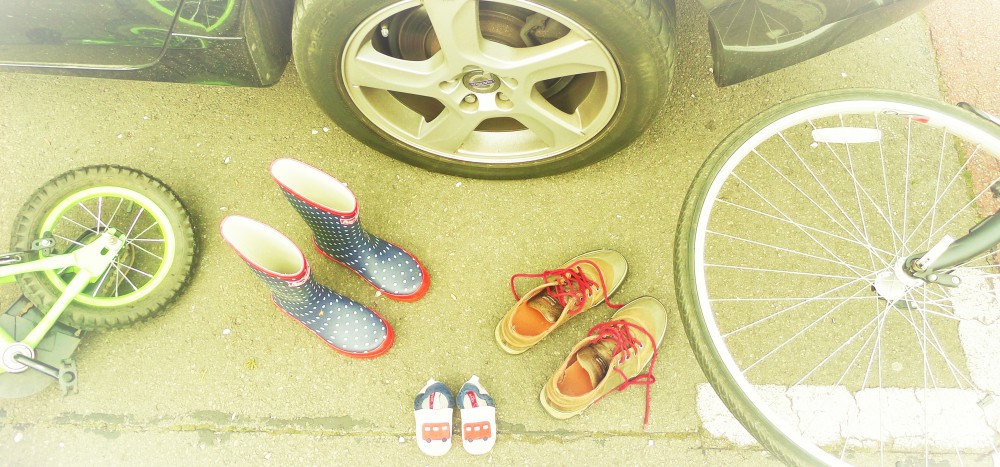Next week, the Transport Planning Society is holding ‘Transport Planning Day’ and presenting a People’s Award to a “local transport planning initiative” nominated by the community for the positive impact it has had on their neighbourhood. Among the short list is a vintage bus, a ‘parklet’, and a rather lovely pedestrian-cycle bridge over a gorge.
Last week, I attended a seminar about the project Use-It that recruited community researchers and asked them to find out what their neighbours really felt about their built environment, and then act as liaison between their communities and the local Council, developers operating in the area, the University and other stakeholders. Some of the results included a desire to redefine planning conditions on outdoor play areas, create a food-based social enterprise, and ensure the connectivity of a major new development to existing streets and paths.
And in between, I’ve been catching up on a favourite television programme: Grand Designs. Which got me to thinking, Grand Designs has a lot to say about the architecture of the homes it showcases, including the buildings, facades, interior design, and landscape design. It also philosophises about the architecture in terms of integrity, sustainability, function, and aesthetics. Yet, whilst the surrounding environment of the building and any views and constraints they may offer are referenced, there is no discussion of the design beyond the property boundaries, the exterior design.
On the other hand, exterior design is very much what the Transport Planning Society’s People’s Award, the Use-It project, and indeed transport planners, community activists, and many others with civic concerns are all about.
I call it exterior design instead of urban design because urban design is rarely considered part of transport planning or vice versa. It excludes more rural or even ‘small town’ places. And although urban design does have roots in architecture, I have rarely heard it expressed in the philosophical tones presenter Kevin McCloud employs so well, that great design has to reflect the people who invest in it and make it and live in it.
Is it any wonder that the projects shortlisted for the People’s Award and chosen by the community researchers are people-focused, not building / vehicle oriented? Is it a surprise that the aesthetic of a vintage bus or a green oasis in place of a parking space or a beautiful bridge have more appeal than widening motorways or reprogramming traffic signals? Is it so unexpected that communities faced with a large new development are most concerned about play areas, pedestrian paths, and the potential for locally-sourced food?
No, because there is the same instinctive attraction to such projects and places and spaces as there is to ideas of child-friendly cities that I wrote about back in the summer.
There are, of course, many challenges in reflecting not an individual or a family, but a whole community, and doing so not in a single dwelling, but the public realm. But starting with abstract numbers of people movements and vehicle flows does not result in great exterior design.
The recent mantra is we need to do more visioning in strategic transport planning, for both big infrastructure, as well as local area enhancements. So why not make the task easier by waxing philosophical about how we want public spaces, transport spaces to look and feel, rather than assume a vision needs to be couched in abstract policy terms. Maybe there is something to thinking about form over function? Kevin would probably say that a good form is one that will function well.
At the very least it could help broaden the sorts of discussions with communities that the People’s Award and the Use-It project were designed to instigate. A discussion about transport planning indirectly, a discussion about exterior design.
